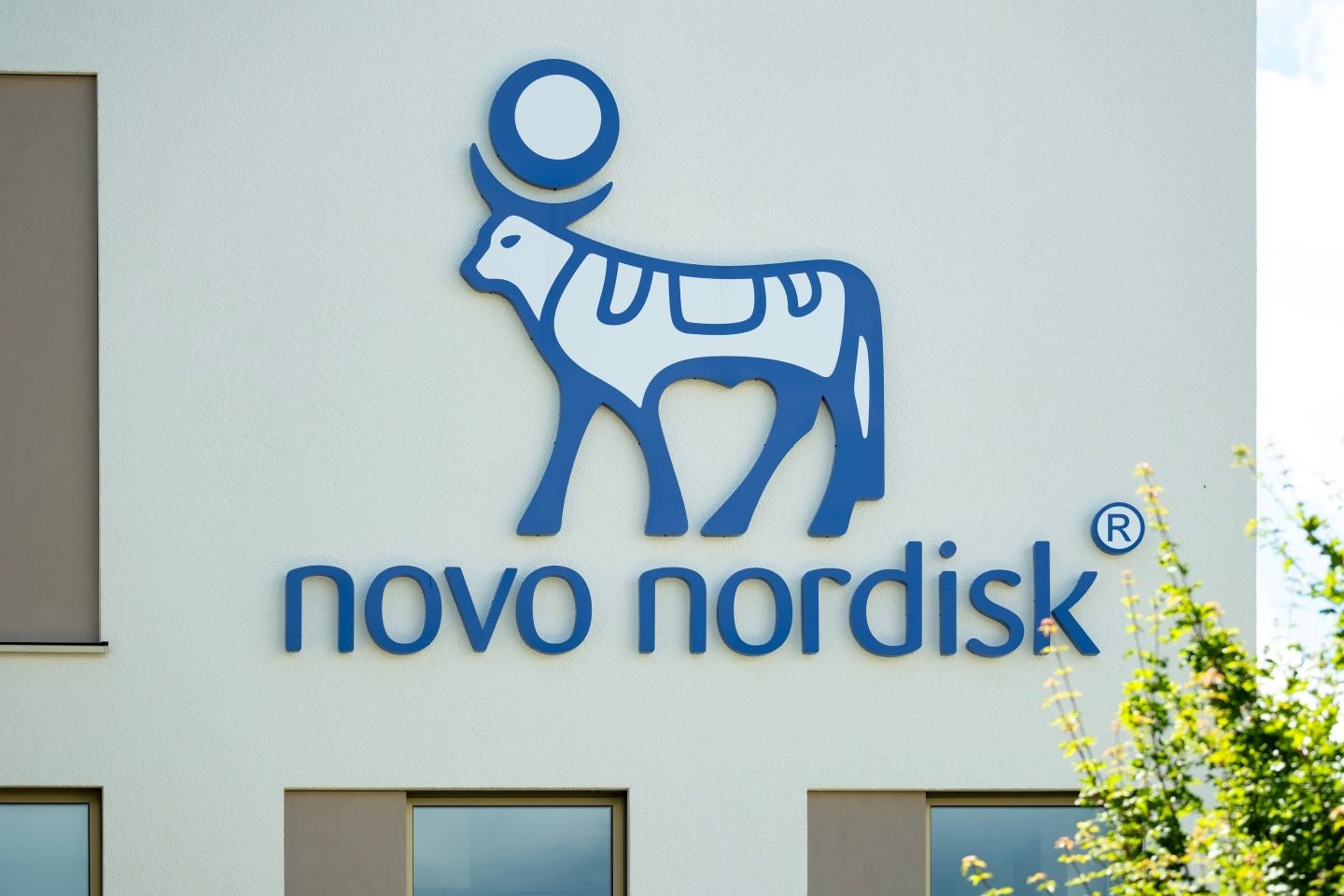On 11 September at the European Association for the Study of Diabetes (EASD) 60th Annual Meeting 2024, clinical trial results from the Novo Nordisk’s COMBINE programme on IcoSema were presented. According to GlobalData, IcoSema might revolutionise insulin treatment.
IcoSema is a therapy combining insulin icodec (Novo Nordisk’s new once-weekly insulin) and semaglutide. The COMBINE programme is divided into four Phase III clinical trials, and three of them – COMBINE-1, COMBINE-2 and COMBINE-3- were presented today at EASD. The programme’s main objective is to prove the superiority of IcoSema to its singular mono-components insulin icodec and semaglutide. In fact, COMBINE-1 compares IcoSema to insulin icodec and COMBINE-2 compares IcoSema to semaglutide. Lastly, IcoSema would be a great opportunity for patients and physicians to switch from the basal-bolus insulin regimen, therefore in COMBINE-3, IcoSema is compared to basal (insulin glargine)-bolus (insulin aspart) insulin regimen.
The main results from this presentation are on the efficacy of IcoSema in reducing HbA1c levels compared to the three alternative options and its superior weight loss efficacy when compared to insulins.
In COMBINE-1, IcoSema caused a 0.66% higher HbA1c reduction compared to insulin icodec, and in COMBINE-2, it caused a 0.44% higher HbA1c reduction compared to semaglutide. Finally, in COMBINE-3, the change in HbA1c levels was observed to be the same in the two groups.
On the other hand, IcoSema caused significant weight reduction in patients while weight gain was observed in the insulin icodec and the basal-bolus regimen groups (3.7kg weight reduction with IcoSema, versus 1.89kg weight gain with insulin icodec and 3.5kg weight reduction with IcoSema, versus 2.6kg weight gain with basal-bolus regimen). In COMBINE-2, weight loss was only observed in the semaglutide group (3.7kg weight loss versus 0.84kg weight gain in the IcoSema group), in line with the design of the trial (inclusion criteria selected for type 2 diabetes patients already on GLP-1R agonist, thus by switching to IcoSema which is a lower semaglutide concentration and includes insulin, a small weight gain is expected).
The weight loss efficacy of IcoSema is particularly important for patients experiencing weight gain on insulin treatment, as switching to this combination will get the HbA1c levels under control while striving towards a healthy body weight. Similarly, the superior efficacy of IcoSema on reducing HbA1c levels compared to semaglutide is an additional tool for physicians to prescribe when the patient’s glucose levels are not sufficiently under control with semaglutide.

US Tariffs are shifting - will you react or anticipate?
Don’t let policy changes catch you off guard. Stay proactive with real-time data and expert analysis.
By GlobalDataBefore this week’s conference, GlobalData interviewed a few Key Opinion Leaders (KOLs) and many are very excited about this drug: “Insulin icodec is a giant step in type 2 diabetes therapy and the combination with semaglutide is going to be nice. I was able to see the power of this combination. (…) It will also be increasing the convenience for the patient.”
Indeed, the convenience of this combination will include the once-weekly dosing, compared to multiple doses a day with basal-bolus for example, meaning fewer finger-prick tests as well. This should increase compliance and ensure the drug’s efficacy. It should also mitigate costs, as mentioned today at the presentation, as one medicine is always cheaper than two.
Finally, another important outcome of the COMBINE clinical programme was the very low rates of hypoglycemic episodes observed in the IcoSema-treated population, showing it could significantly reduce hypoglycemic risk for patients requiring insulin.
In conclusion, IcoSema holds great potential in type 2 diabetes treatment as it could help semaglutide-treated patients to improve their HbA1c levels, and patients on insulin regimens who are overweight or obese lose weight and mitigate hypoglycemic risk.





